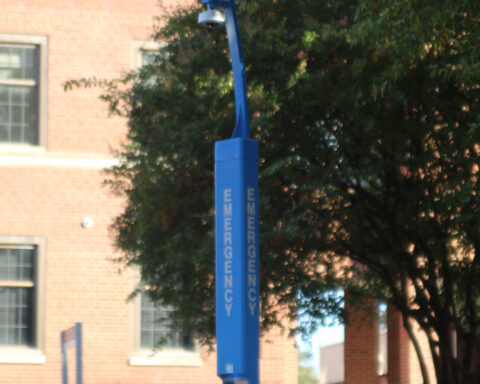Dreaming of the new iPhone Apple X or Samsung Galaxy Note9, but don’t want to (or can’t afford to) shell out $1,000-plus?
While it’s easy to get lured into trading up to the latest phone model, there are ways to make your current phone perform better and last longer.
The first, be gentle with it. Even midrange phones aren’t cheap, so shell out a few extra bucks for the screen protector and protective case to minimize damage.
The top complaints about older phones are weak battery power and low available storage space, said Jeff Kelley, an iOS developer at Detroit Labs, a mobile app development firm.
Battery life: A common error people make when trying to conserve battery power is to forcibly close all their open apps by using the App Switcher on an iPhone, Kelley said. If you close the app normally, the iOS operating system will maintain the memory of the last usage. Force-quitting makes the app start from scratch and takes longer to load.
“That can have a pretty significant negative effect on your battery life,” he said.
Some apps download data when you’re not using them, draining battery power. Put them on a data diet by turning off Background App Refresh in the iPhone’s General Settings. For Android, go to mobile data usage in General Settings, then click on each app to turn off this feature.
Save battery life in general? In iPhone, turn on the Low Power Mode, known as Battery Saver Mode for Android, said Stuart Kent, an Android developer at Detroit Labs. Phones enter this mode when power supplies fall to 20 percent or less, but you can manually turn on this setting if you need to preserve battery life and don’t want to turn off your phone.
Why try to preserve battery life? “All batteries have a limited amount of charge cycles, so any kind of modern device with a lithium-ion battery is going to have an expected lifetime,” Kelley said.
For any phone, limit how much you use fast chargers, too, he said, and don’t use them overnight. Fast charges, especially in warm conditions, can have a detrimental effect on batteries. At night, charge your phone on the slowest possible charger, so it’s fully charged by morning. A slower charge is better for your battery life.
Storage: Most people clog up their phones unnecessarily by not using cloud storage, both Kelley and Kent said. By enabling cloud storage you can delete local copies of data (photos, documents, text messages) that hog disk space.
Cloud storage protects your data, making it easier to do a factory reset on your phone. Factory resets wipe out anything nefarious running in the background and delete unneeded cache data. Kent said he does this often with his Android because all his data is stored in the cloud.
“I can then log into my Google account and have my phone working exactly as it was before, but minus anything that I might not have been aware of,” he said.
On iPhones, free up space with the Offload Unused Apps function, which deletes little-used app files from your phone, Kelley said. Android users can uninstall apps, but inexpensive Android phones sometimes have unnecessary apps bundled with the operating system that can’t be removed, taking up valuable space.
If those tips don’t work, it may be worth having a professional look at your phone. Repairing phones can be a cheaper option versus buying new. Common repairs include changing batteries and fixing the charge port, screen or camera, said Shawn Budiac, in-house device repair expert at Batteries Plus Bulbs. Battery replacement on newer iPhones and Samsung Galaxy models is $70, and fixing the charge port ranges from $90 to $110. Screen and camera fixes cost more, but are less than buying the latest phones.
When to buy new. Consider getting a new phone when the manufacturer no longer supports the device or it can’t do what you need it to do, Kelley and Kent said.
If you trade in your old phone to offset the price of a new one, you might get more money selling it online, said Rob Webber, founder of MoneySavingPro.com, a cellphone price comparison website.
Websites like Decluttr and Gazelle buy old phones and sell used and certified refurbished phones. Webber recommends that budget-minded consumers opt for the certified refurbished phones since those often come with warranties that can last a month or a year.
Whether you decide to hang on to your phone or upgrade, Webber said, don’t think you need to always buy a new phone.
“We recommend to break the habit of thinking that you need to upgrade your phone every 18 months just because the (mobile phone) carrier it tells you that you can,” he said.
Story by Debbie Carlson
Chicago Tribune (Tribune News Service)


















